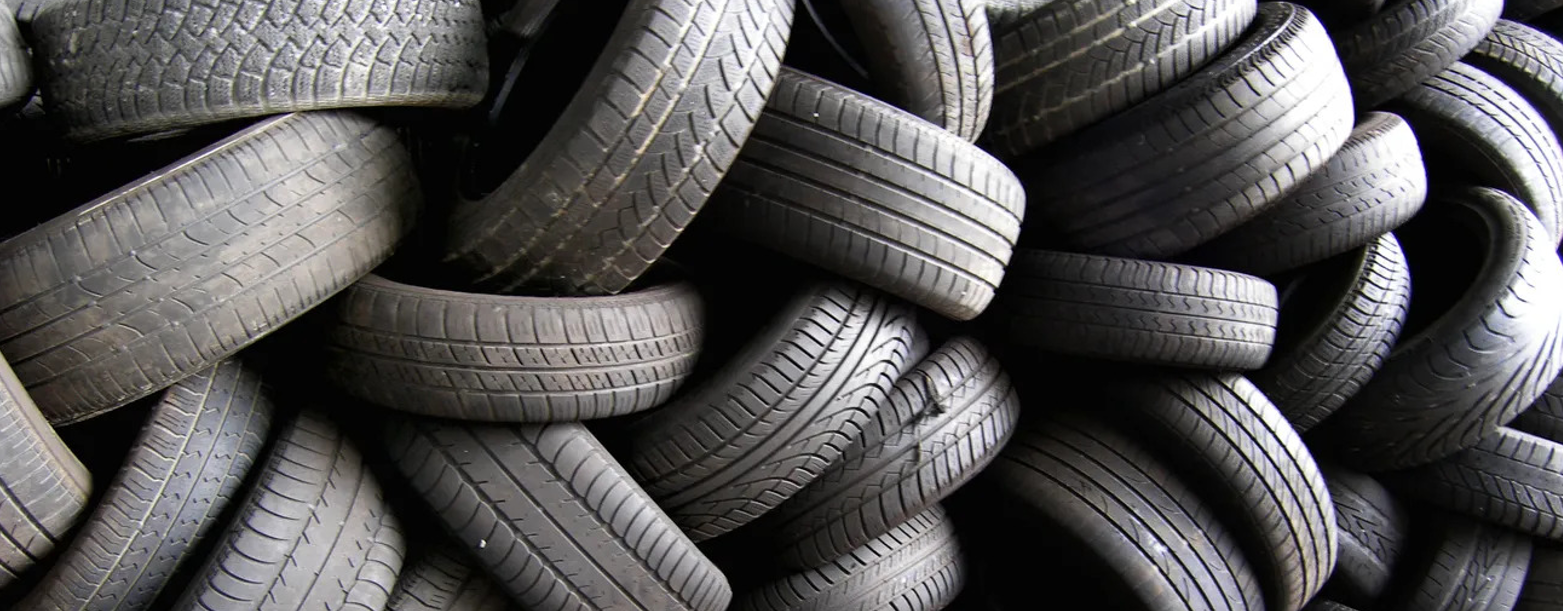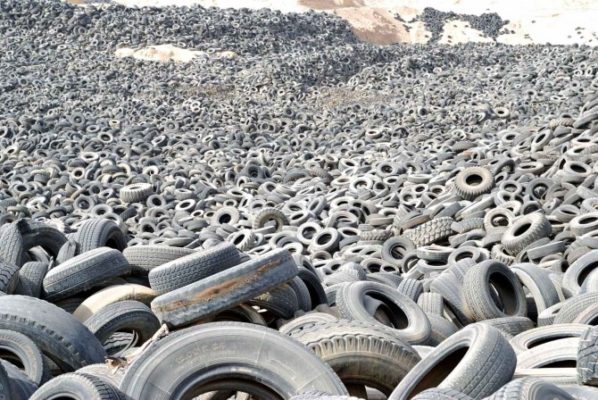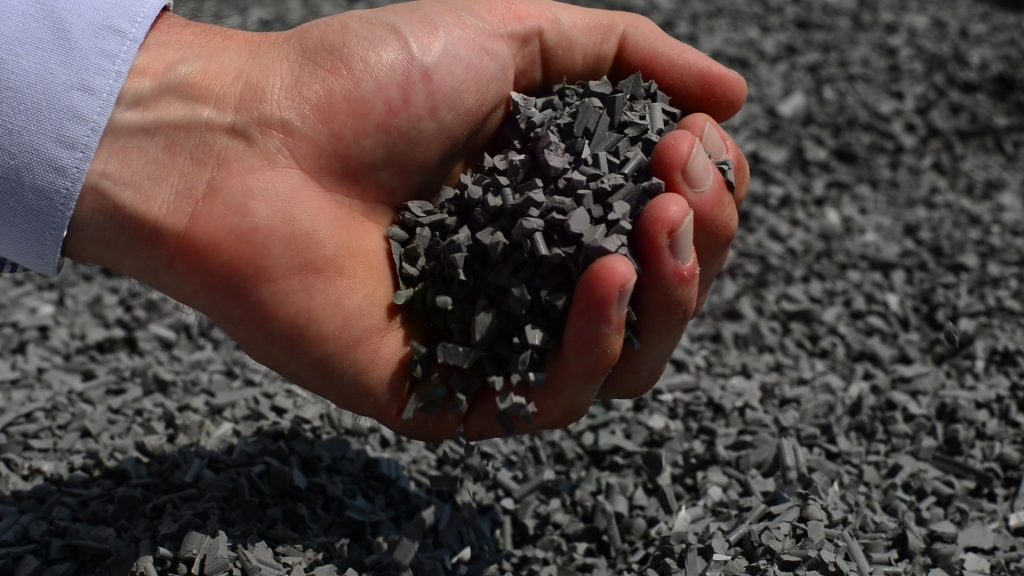The topic of tire recycling has become increasingly crucial in today’s environmental landscape. In Italy, as in the rest of the world, the accumulation of used tires posed a significant environmental challenge. However, in recent decades, considerable efforts have been made to address and minimize this issue.
In past years, Italy faced a growing problem related to the disposal of end-of-life tires. The uncontrolled accumulation of tires posed a risk to both the environment and public health. However, starting in the 1990s, laws and regulations were introduced to regulate disposal and promote recycling.
The progress in the tire recycling model over the years has been remarkable. From an approach primarily focused on disposal, the shift has been towards a more sustainable model aimed at reusing and recycling tire materials. Many innovative technologies have been developed to transform used tires into valuable materials such as rubber granules, which are primarily used for asphalt, sports flooring coatings, or even energy.
In recent years, Italy’s policies focusing on tire recycling have made significant advancements. Collection centers and recycling plants have been established across the country, while economic incentives have stimulated the recycling industry. On an international level, significant steps have also been taken. Global organizations such as the European Union have introduced strict regulations on tire recycling, promoting research and the development of new technologies for their reuse.
Today, we can say that tire recycling has become a well-established practice, but many challenges remain. While many of the most developed countries have made significant progress, some regions still struggle with uncontrolled disposal. Additionally, new challenges are emerging with increasing urgency, such as low-environmental-impact tire recycling and the management of chemical residues from post-production.
Before delving deeper into the tire recycling process, it is essential to spend a moment discussing the tire itself to better understand its composition.
Tires are made from a complex blend of materials, including rubber, steel, and textile fibers. They are non-biodegradable and can persist in the environment for decades.
For simplicity, we can summarize their composition as follows:
– 41% rubber (both natural and synthetic)
– 30% additives (to enhance technical properties)
– 15% textile fibers and metals (woven together to create the “skeleton” of the tire)
– 14% chemical additives for production and tire durability
Being composed of textile fibers and metals, proper recycling requires first separating these components from the primary element, which is rubber.
The recycling of tires is a crucial topic in the field of environmental sustainability. With millions of tires replaced every year worldwide, managing their disposal represents a significant ecological challenge.




